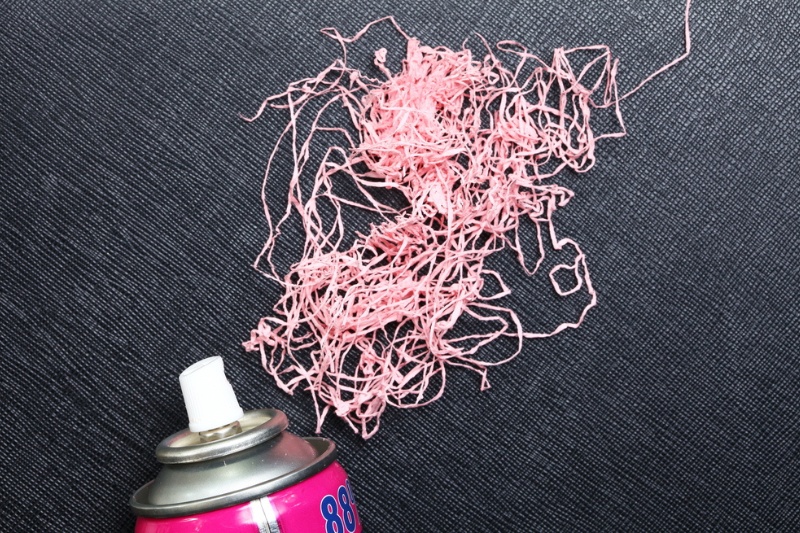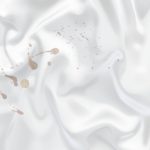Silly String has been used at celebrations, parties, and outdoor events for decades. It provides endless laughs and is often the life of the party as kids – and adults – chase each other around trying to cover one another in the colourful foam.
However, when the party’s over and you’re faced with a jungle of Silly String covering every surface, you may wonder: does Silly String stain?
In this article, we find out which surfaces and materials that Silly String does stain, how to remove it and how to prevent permanent marks.
Does Silly String Stain?

The chaotic nature of Silly String, and its use indoors as well as outside, means that it can, and usually does, end up in all sorts of places.
Whether it will stain depends on several factors, such as the surface it lands on, the duration it remains in contact, and the colourants used in the product.
Surface
The type of surface Silly String comes into contact with plays a significant role in determining whether it stains.
Non-porous surfaces, such as glass, metal, and plastic, are less likely to retain Silly String stains. These materials are generally easier to clean, and Silly String is less likely to adhere to them.
However, porous surfaces like fabric, upholstery, and some paints may absorb the stringy substance. This makes it more difficult to remove from walls, carpets, cars and clothing.
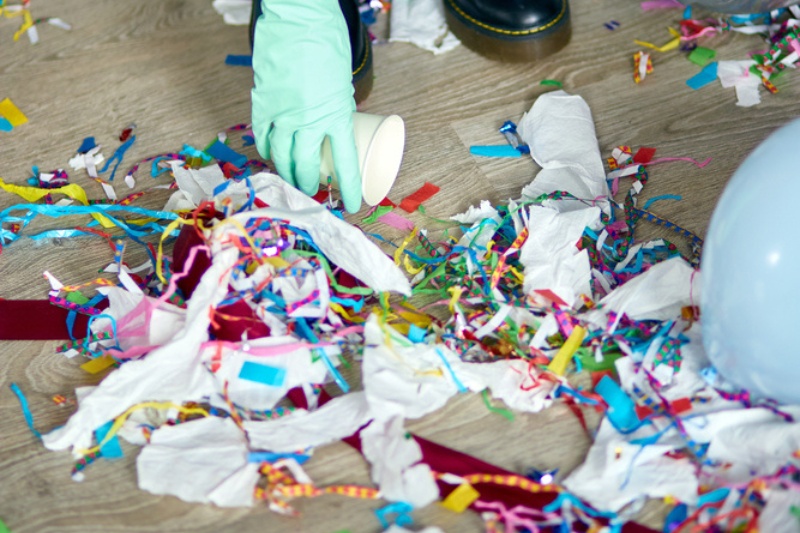
Duration of contact
The longer Silly String remains on a surface, the greater the likelihood of staining. Silly String can contain colourants that, if left for an extended period, may transfer onto the surface.
Colourants
Silly String comes in a variety of colours, and the type of colourants used can impact its staining potential.
Bright, vibrant colours may contain more potent colourants that could leave behind stains, particularly on porous or absorbent materials.
Lighter colours, on the other hand, might be less likely to cause noticeable staining.
Preventing Stains
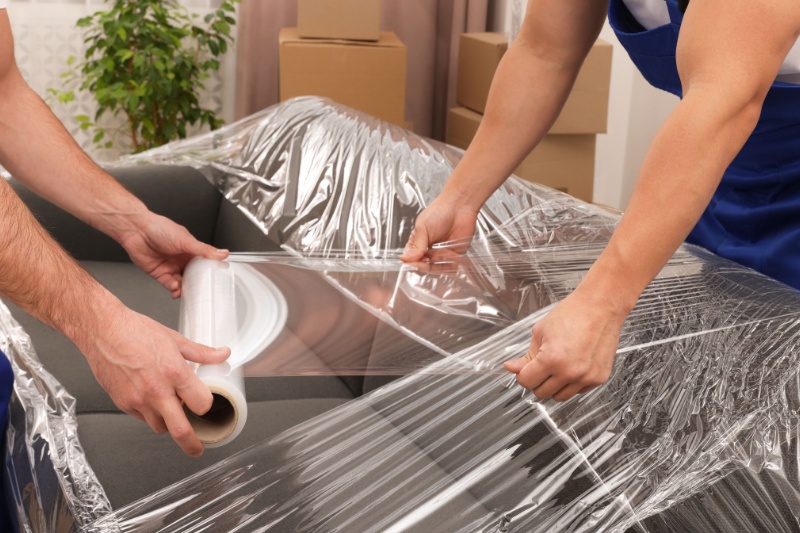
Prevention is often the best approach when it comes to dealing with Silly String stains.
Here are some tips to help you keep your surfaces clean when Silly String makes an appearance:
- Choose suitable surfaces: if you’re planning to use Silly String, consider the surfaces where you’ll be spraying it. Opt for non-porous materials whenever possible, as they are less likely to retain stains.
- Protect porous surfaces: if Silly String is going to be used near porous surfaces, take precautions to protect them. Covering fabrics, upholstery, or delicate paints with plastic sheets or old bed sheets can help prevent staining.
- Act quickly: the longer Silly String remains on a surface, the more challenging it will be to remove. Clean up Silly String as soon as it lands on any surface that’s more likely to stain.
How to Remove Silly String Stains
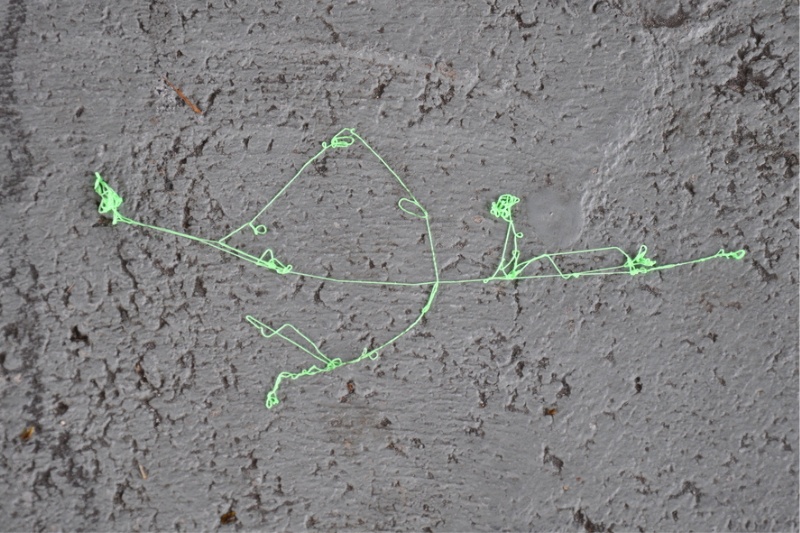
If Silly String has left its mark despite your best efforts, don’t despair. Here’s how you can tackle those stubborn stains:
- Consider the surface: Different surfaces require different cleaning approaches. Be sure to use cleaning products that won’t damage the material.
- Non-porous surfaces: A damp cloth may be sufficient to wipe away Silly String. For trickier stains, soapy water should do the trick.
- Fabric and upholstery: Scrape off as much of the dried Silly String as possible using a plastic spatula or the edge of a credit card. Then, blot the area with a mixture of mild detergent and water. Rinse thoroughly and allow it to air dry.
- Painted surfaces: Begin by carefully scraping off any excess Silly String, being cautious not to damage the paint. Then, use a soft cloth or sponge soaked in warm, soapy water to gently clean the stained area. Avoid using abrasive cleaners so as not to scratch the surface. Rinse with clean water and air dry or wipe down with a clean, dry towel.
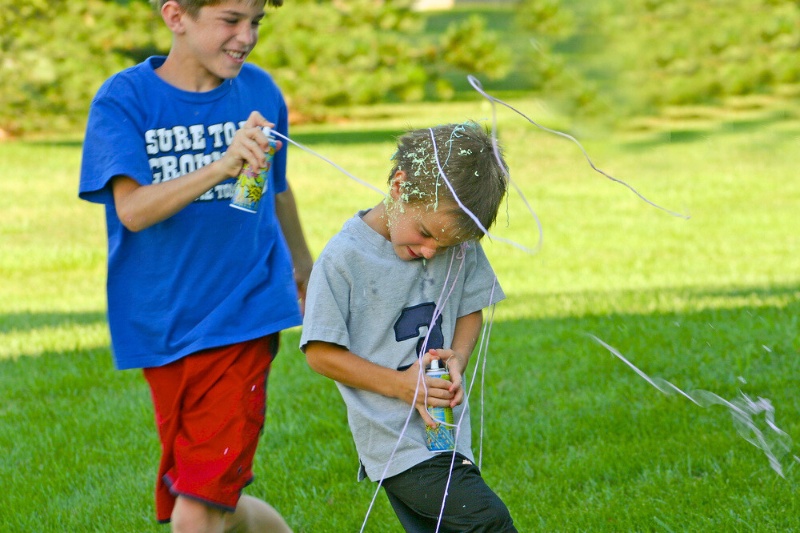
What Is Silly String?
Silly String is a mix of chemicals such as polymers, propellants, colourants, and solvents, contained in an aerosol can.
When sprayed, the propellants force the polymer-based string out of the canister. The mixture solidifies upon contact with the air, creating the string effect.

In The Wash is your guide to the best laundry and cleaning products, tips and tricks. Our mission is to solve the UK’s cleaning and laundry dilemmas!
